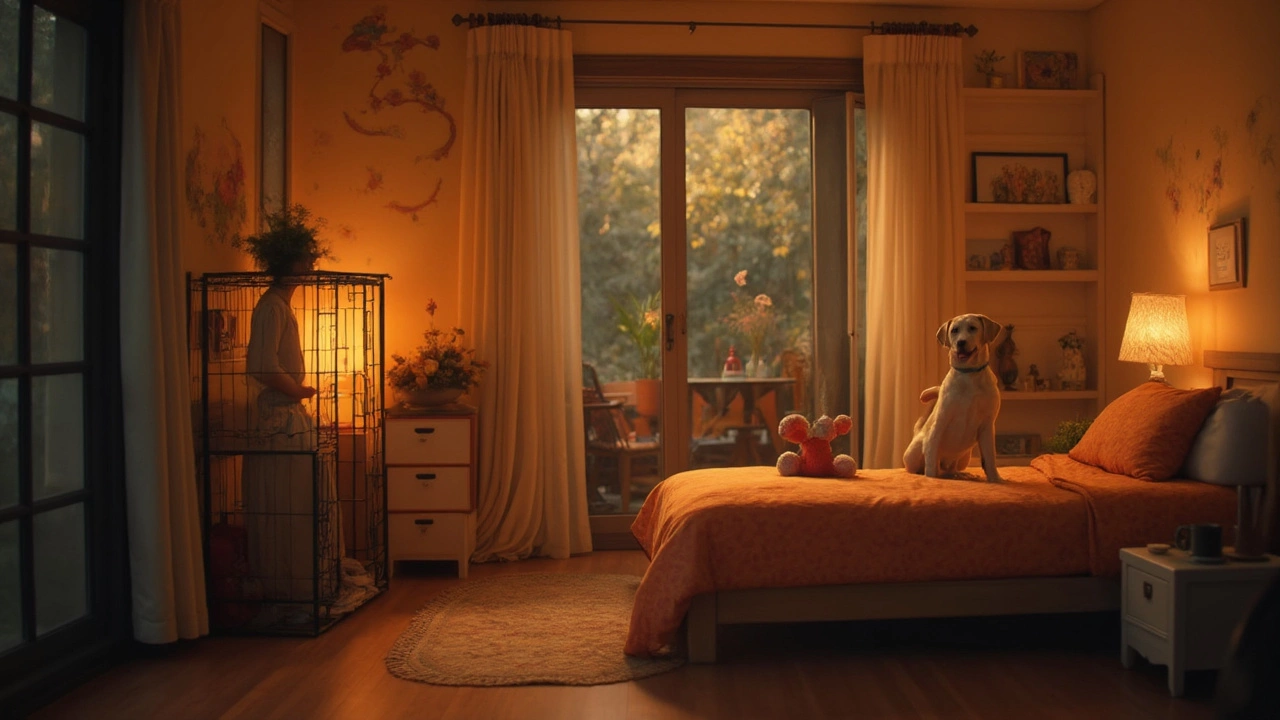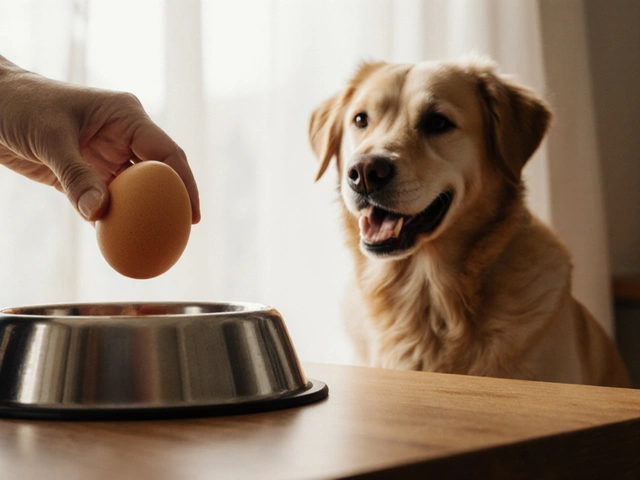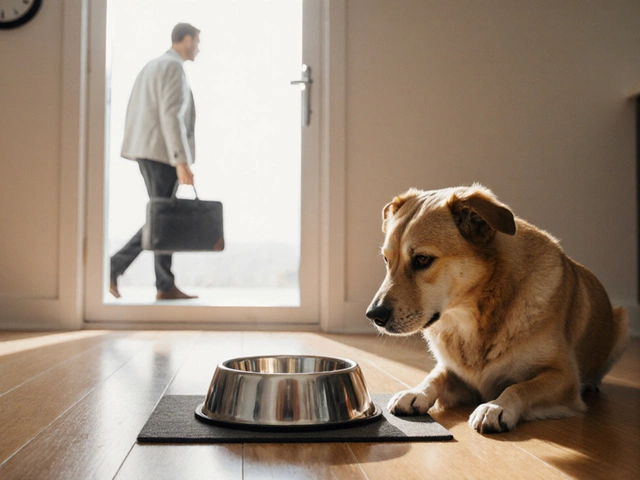Crate at Night: Easy Ways to Keep Your Dog Safe and Calm
First night in a crate can feel scary for both you and your pup. The good news? A few simple tweaks turn that cramped space into a cozy den. Below you’ll find the most useful steps to set up a nighttime crate that your dog actually likes.
Pick the Right Size and Location
A crate that’s too big lets your dog wander around and use a bathroom corner. Too small and they can’t stretch. Aim for a crate just big enough for them to lie down, turn around, and stretch a leg. Place it in a quiet corner of a room where daily activity happens, so they feel part of the family but aren’t bombarded by loud noises.
Make the Crate Comfortable
Line the floor with a soft blanket or a low‑profile dog bed. Avoid pillows that shift and could become choking hazards. Add a chew‑safe toy or a lightweight blanket that smells like you – it helps reduce anxiety. If your dog shivers, a warm (not hot) water bottle wrapped in a towel can do wonders.
Consistency is key. Use the same bedtime routine every evening: a short walk, a bathroom break, then settle them in the crate. Dogs love predictability, and a repeatable cue says, “It’s time to rest.”
Keep the crate door closed for the night but leave a small gap in the top if you’re using a wire crate. This lets air flow and reduces the feeling of being trapped. For plastic crates, a tiny vent can be cut safely – just smooth the edges.
If your dog whines, wait about two minutes before responding. This gives them a chance to settle on their own. When you do go in, keep it brief and calm: a quiet “It’s okay” and a gentle pat, then close the door again. Over time they’ll learn that the cranky night sounds don’t mean danger.
Food and water should be offered earlier in the evening, not right before bedtime. A full belly can cause accidents, while too much water may lead to late‑night trips. Remove water about an hour before lights out, and make sure they’ve gone outside to relieve themselves.
For dogs that still seem stressed, a short 5‑minute “crate training” session during the day can build confidence. Let them explore with the door open, reward calm behavior, and gradually increase the closed‑door time. It’s like building a muscle – the more you practice, the stronger the habit.
Finally, check the crate each morning. Look for signs of wear, loose latches, or anything that could injure your pet. A well‑maintained crate lasts longer and stays safe.
With the right size, a comfy lining, a consistent routine, and a few patience tricks, night crate time becomes a soothing part of your dog’s day. Try these steps tonight and see how quickly your pup settles into a peaceful sleep.

Dog Crate Training at Night: Should You Really Do It?
Wondering if putting your dog in a crate at night is a good idea? This article tackles both the practical and emotional sides of nighttime crate training, with relatable examples and facts. You'll get no-nonsense advice about safety, comfort, and helping your dog feel secure. Real tips from dog owners make things easy to follow. Find out when crates work—plus a few situations where you might rethink it.
read more



